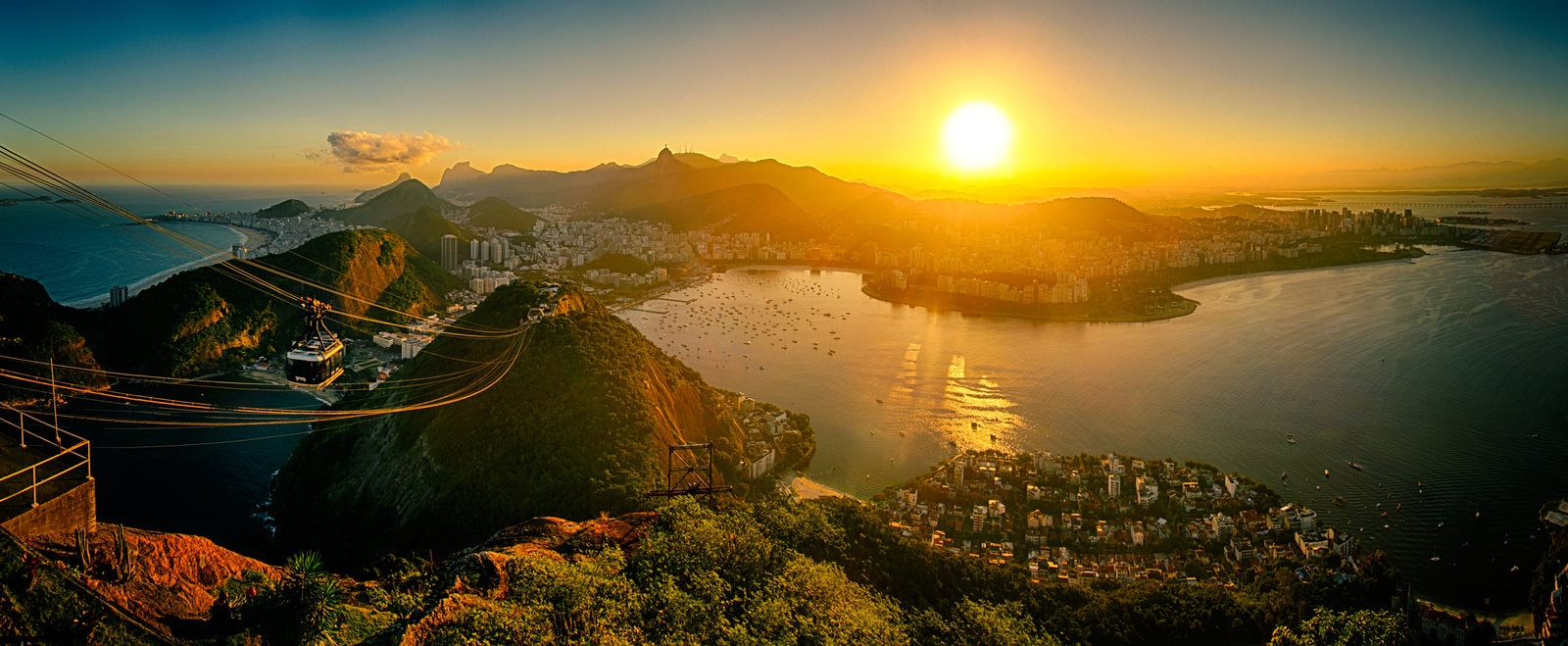
Rio De Janeiro

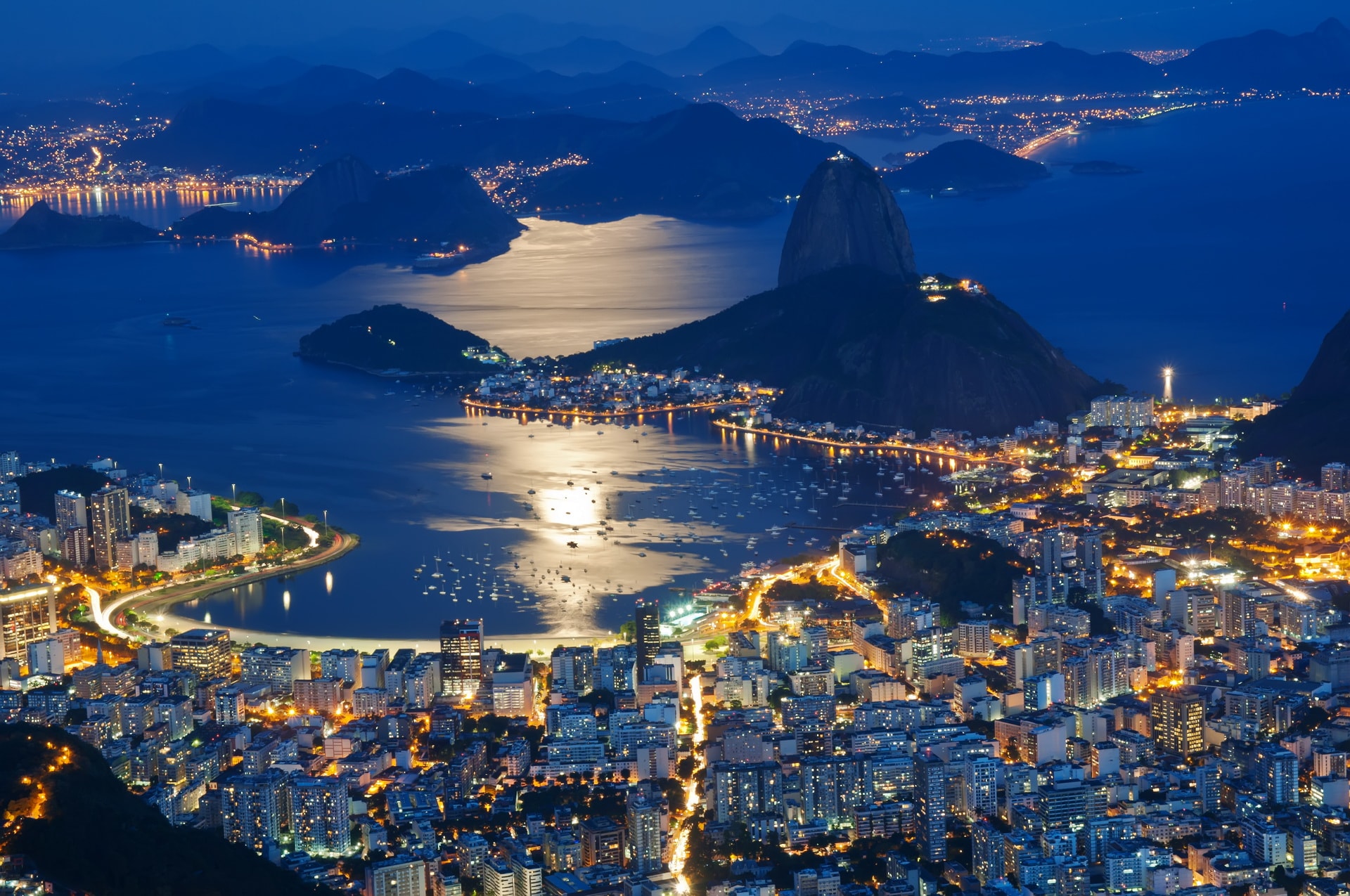


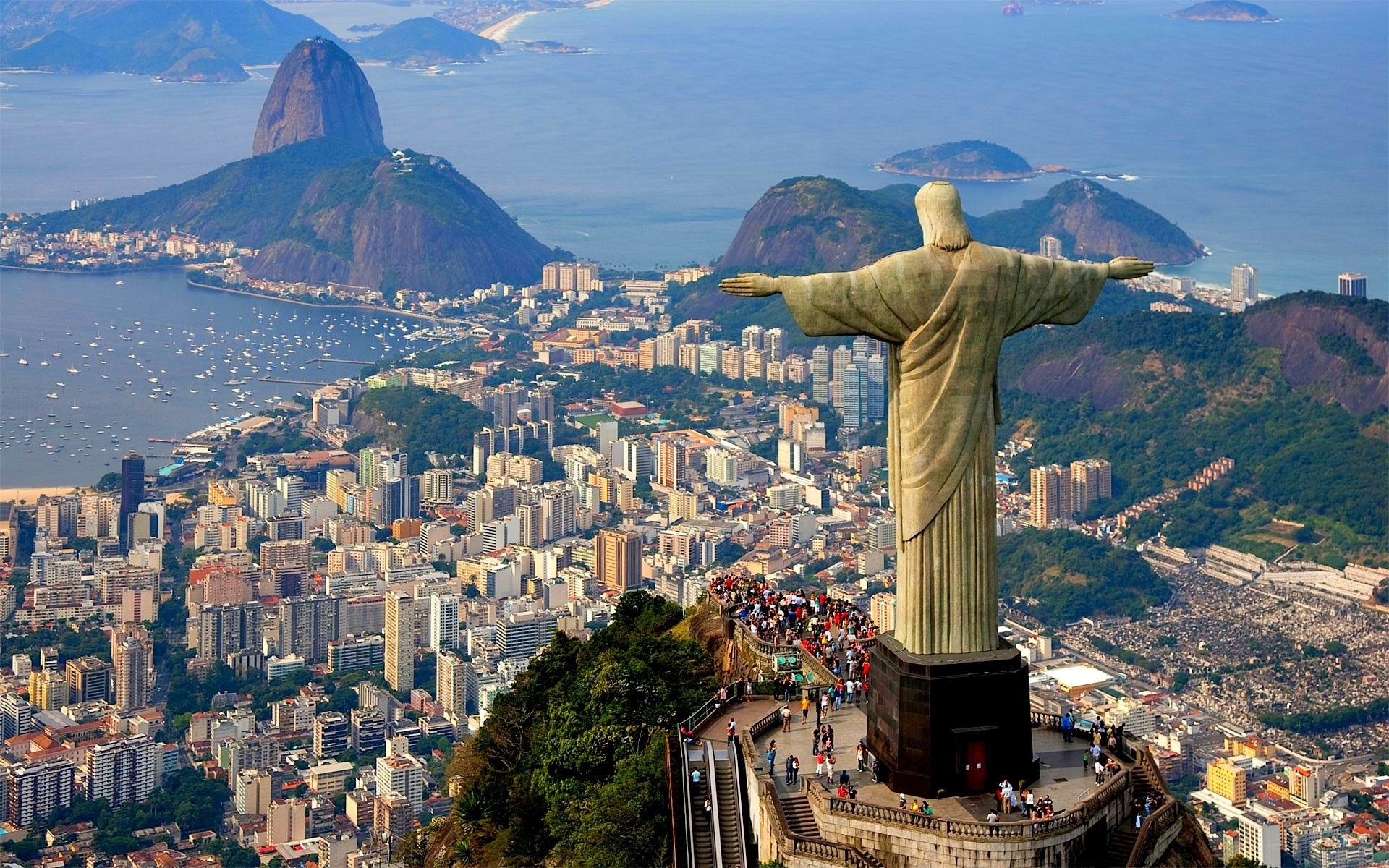
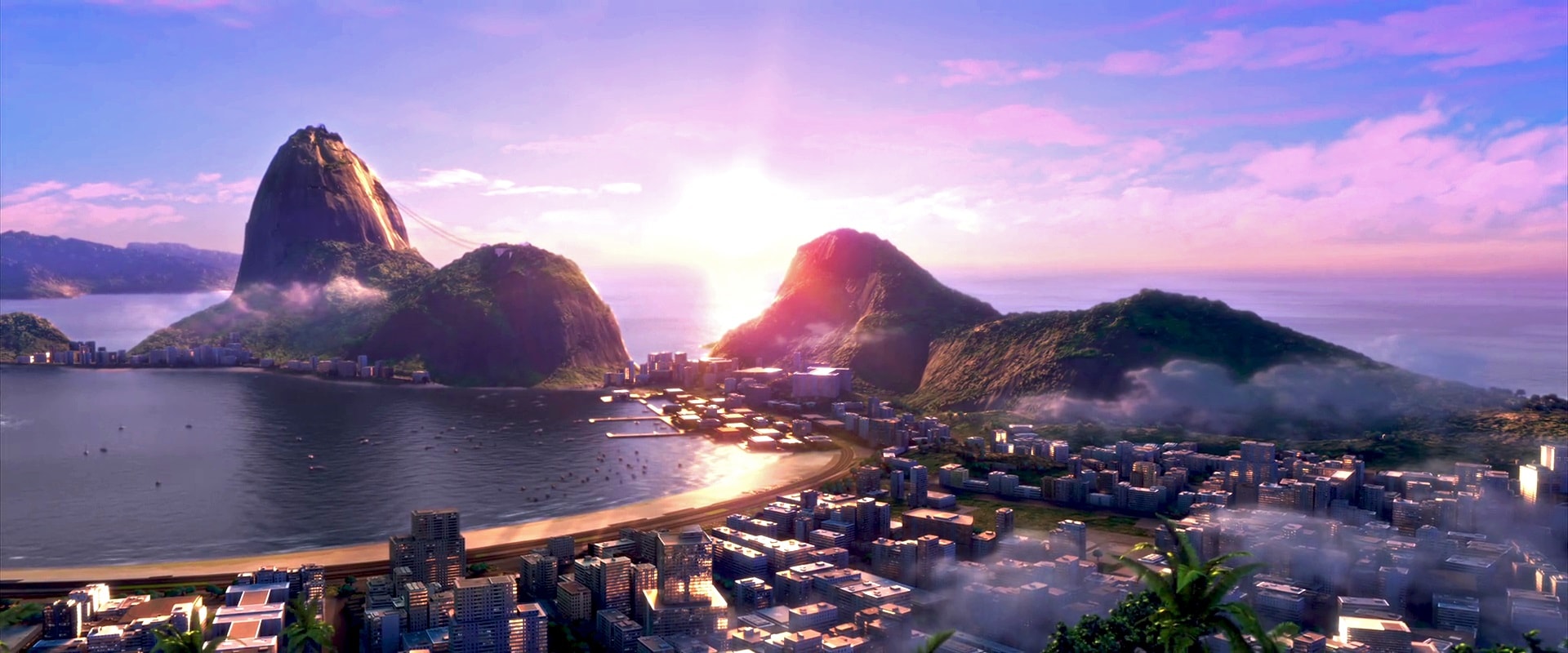
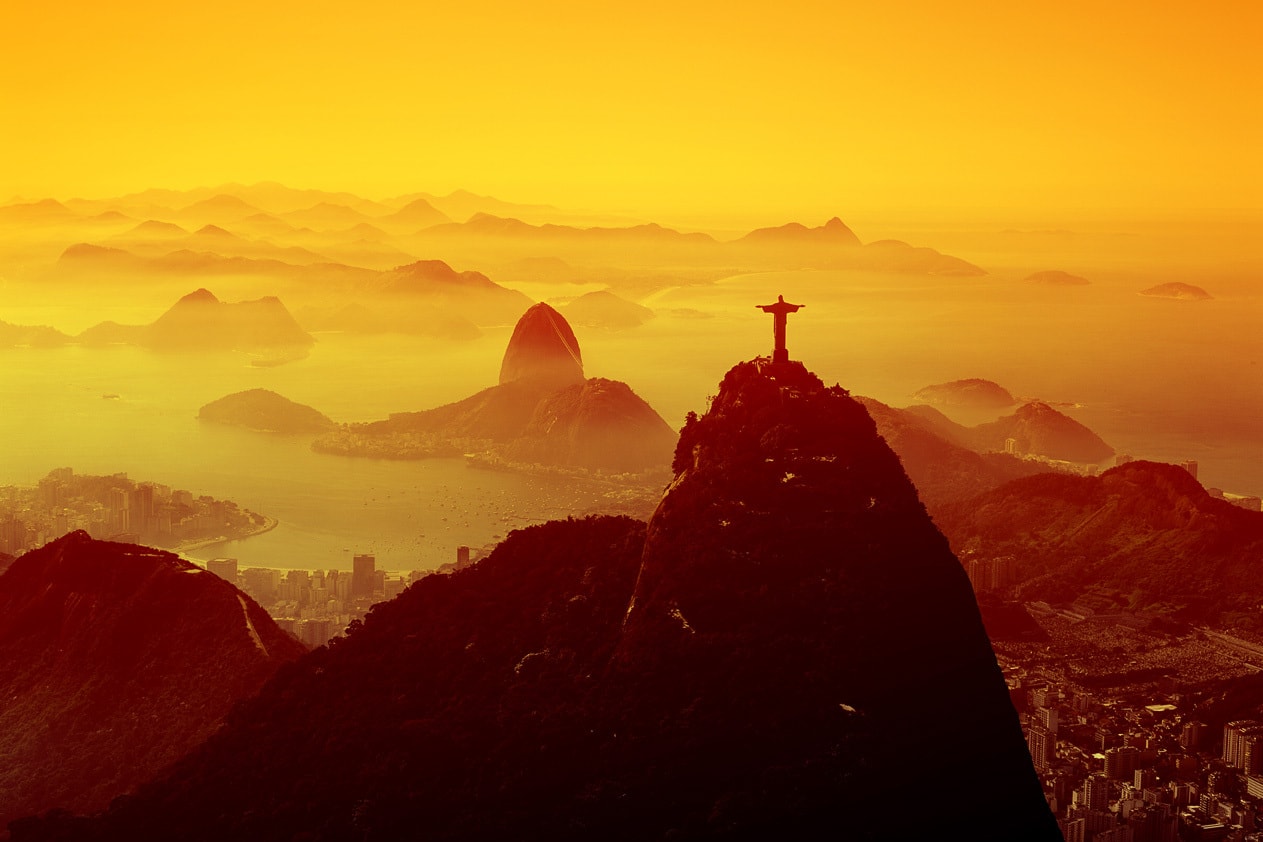



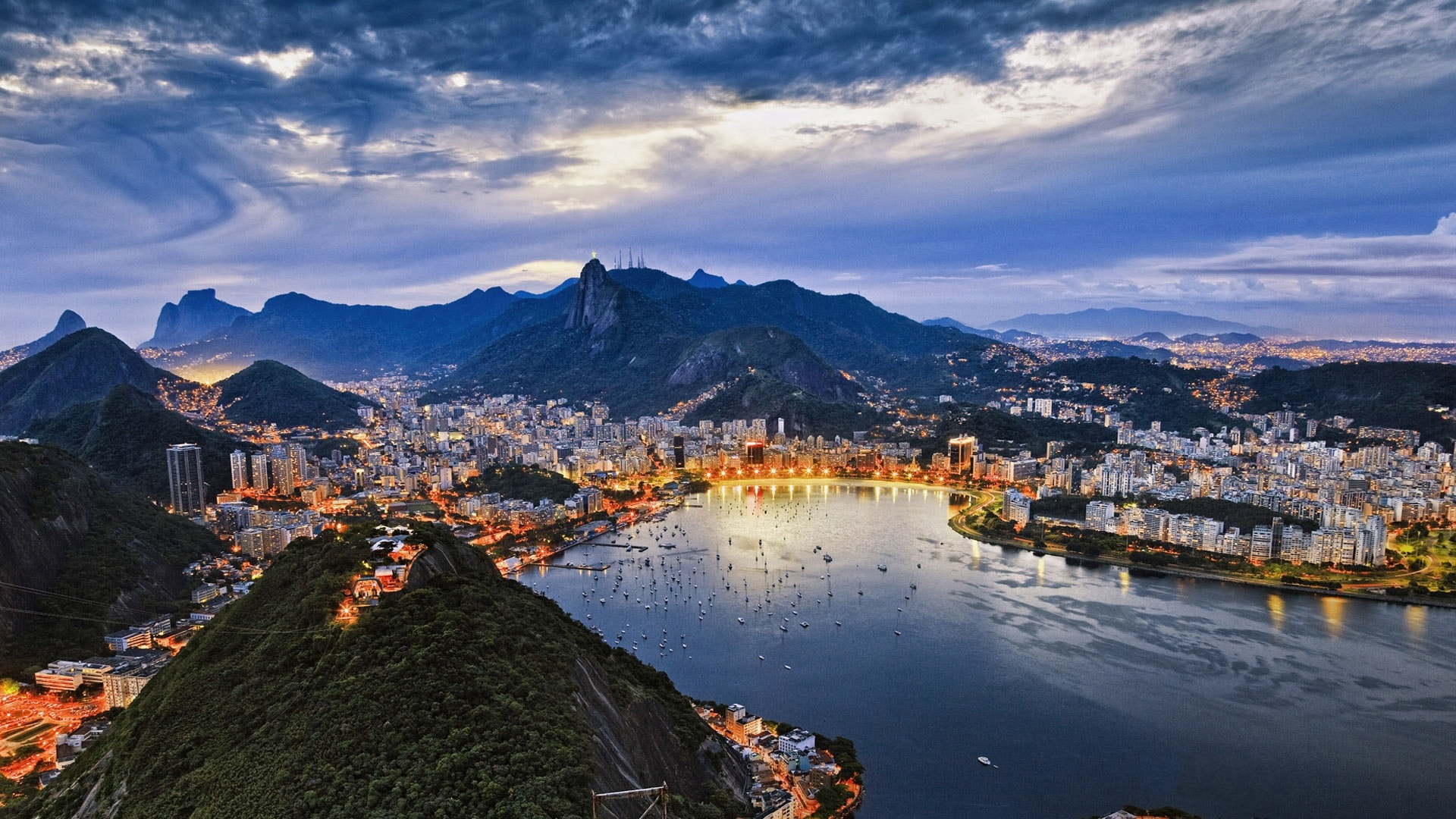
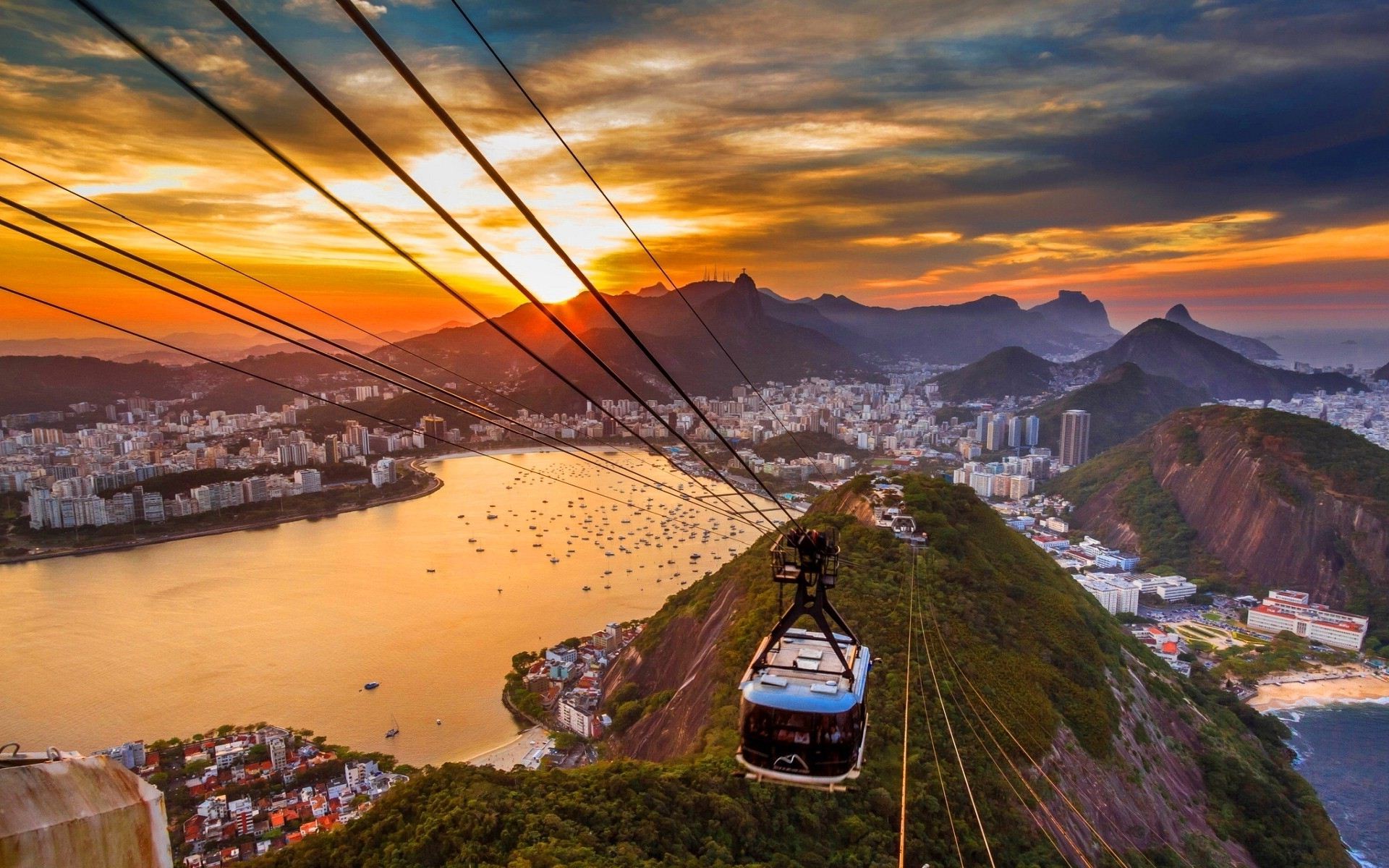
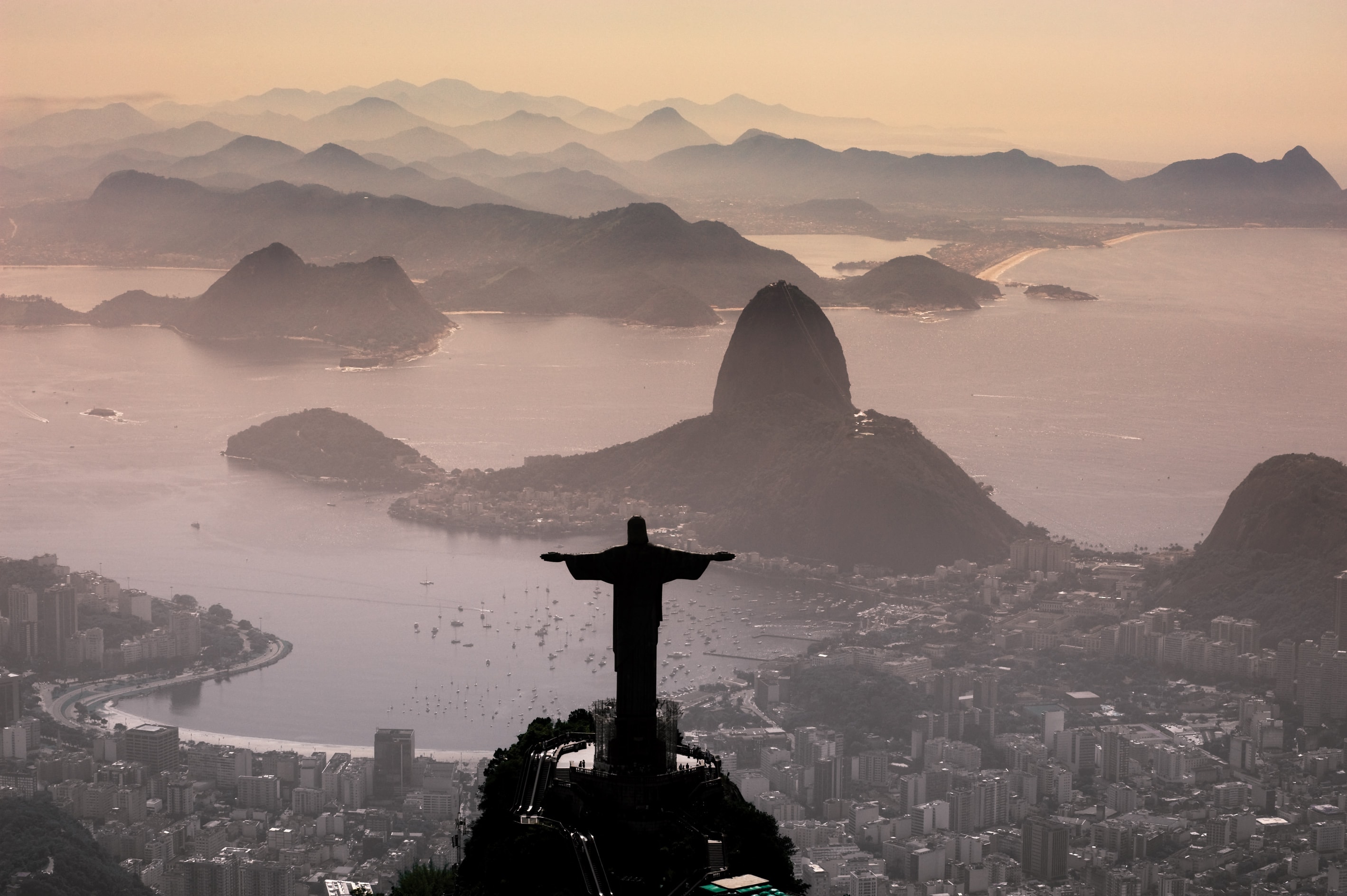

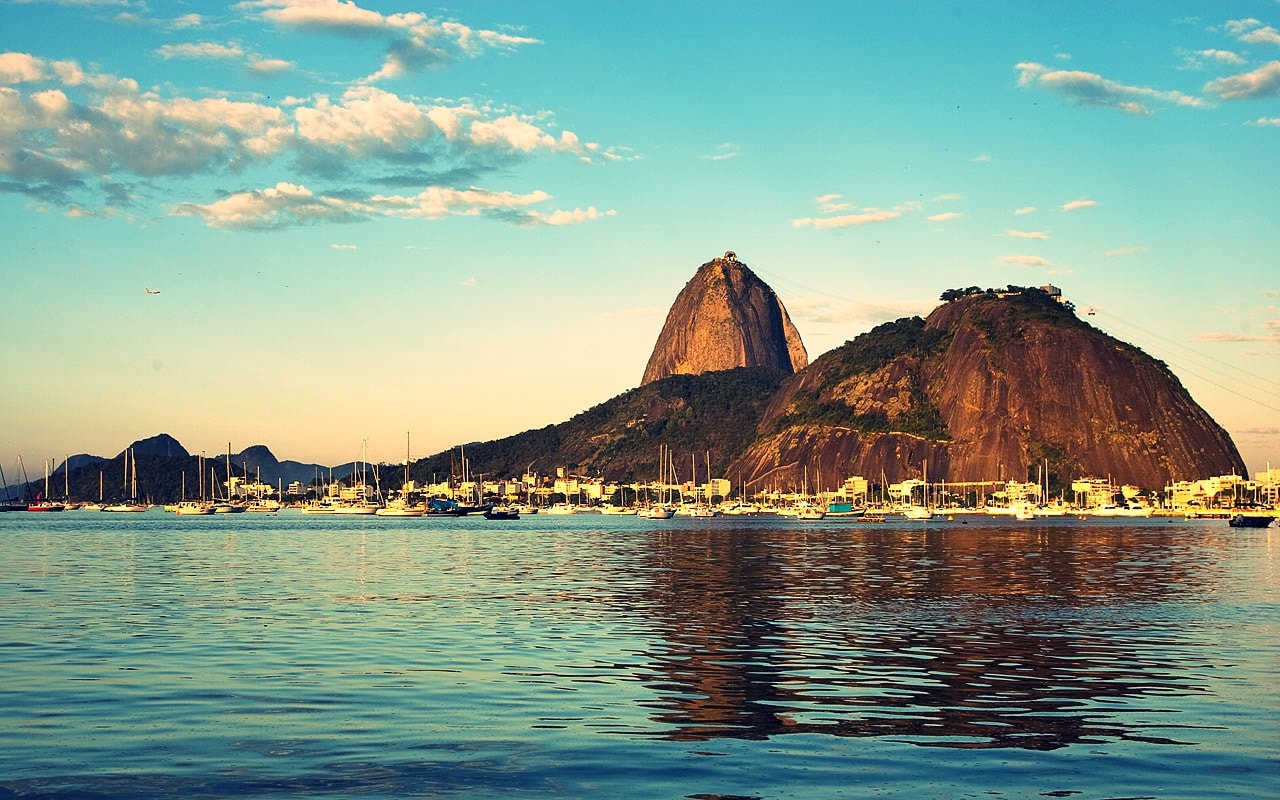
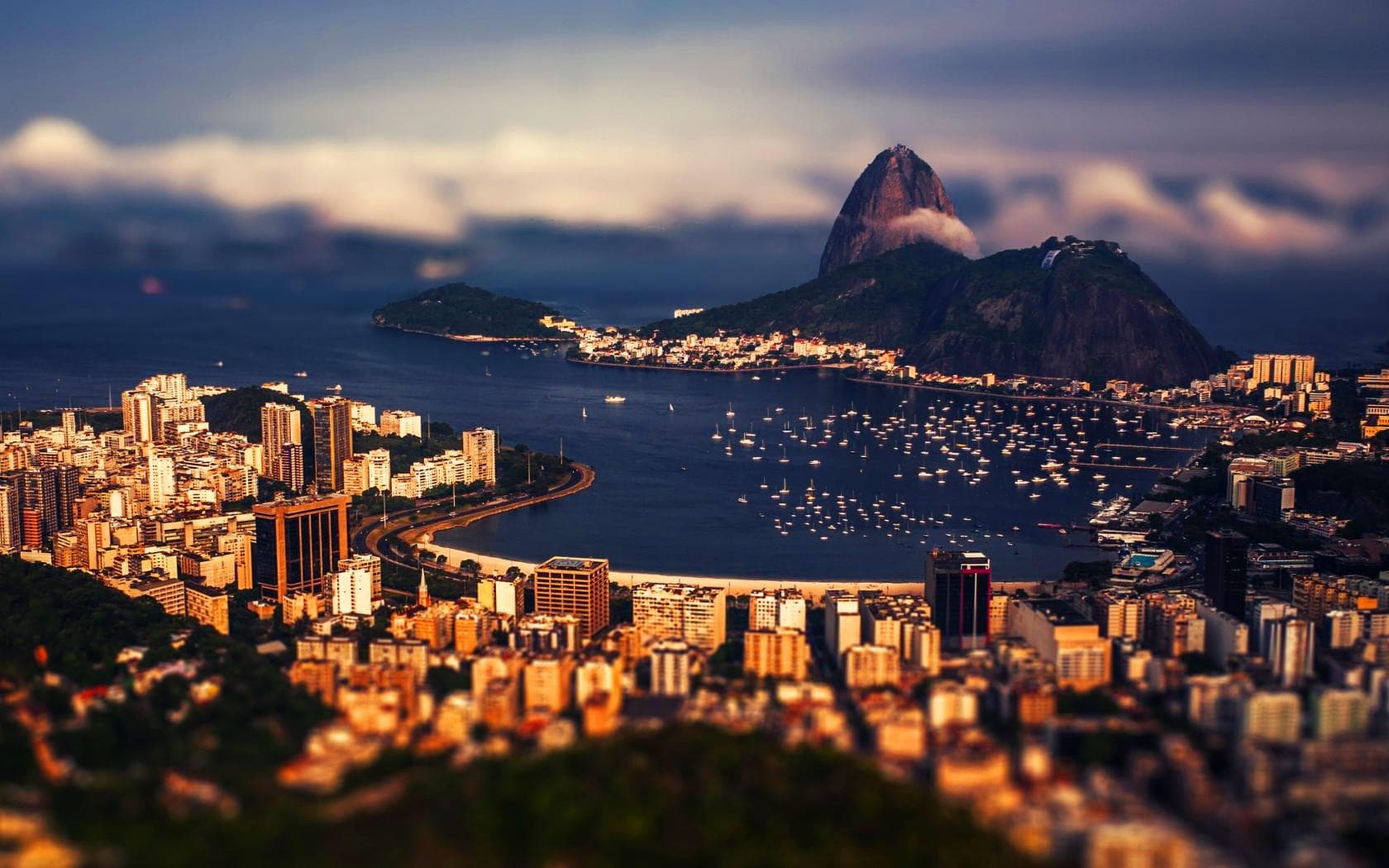
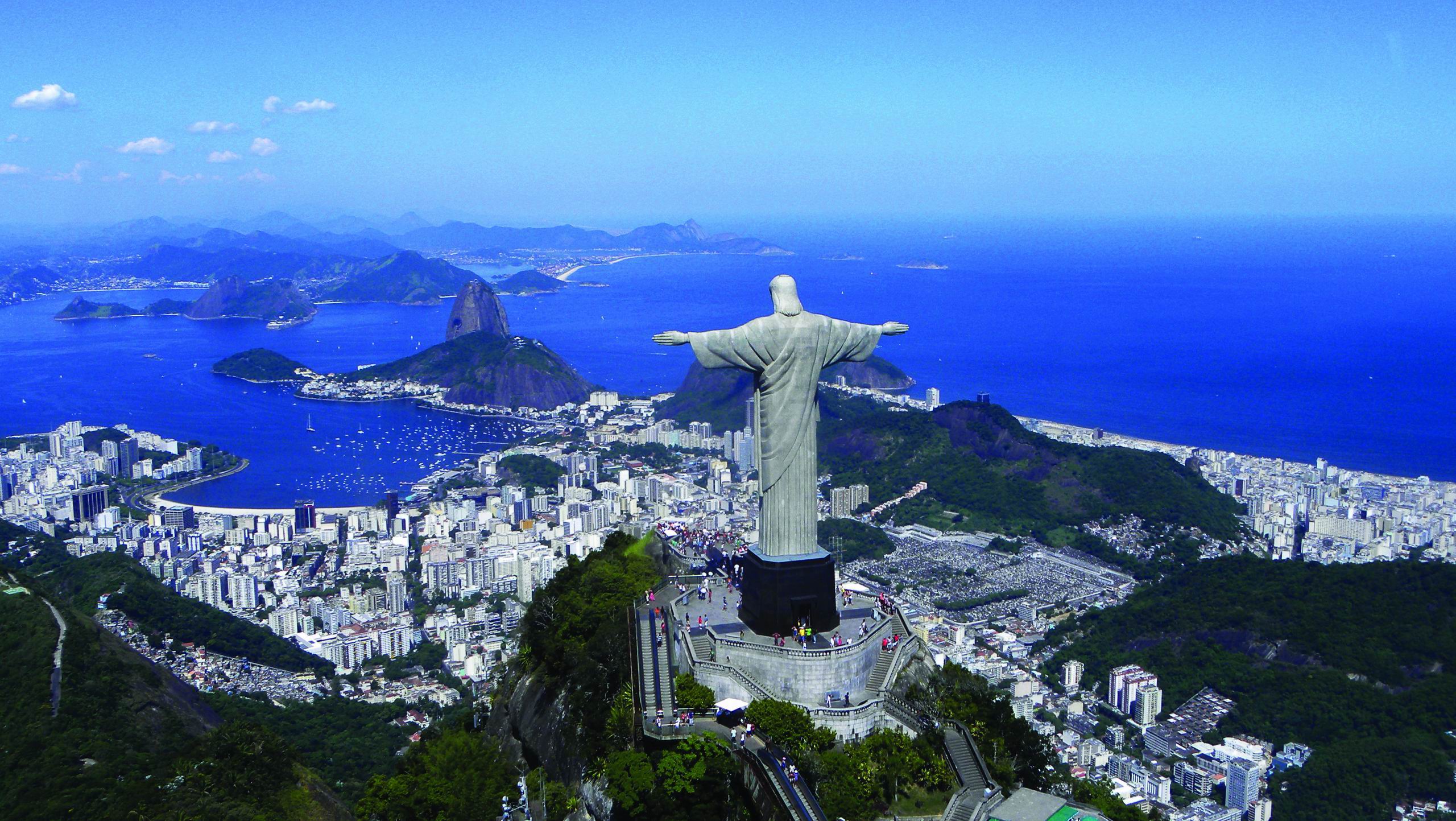
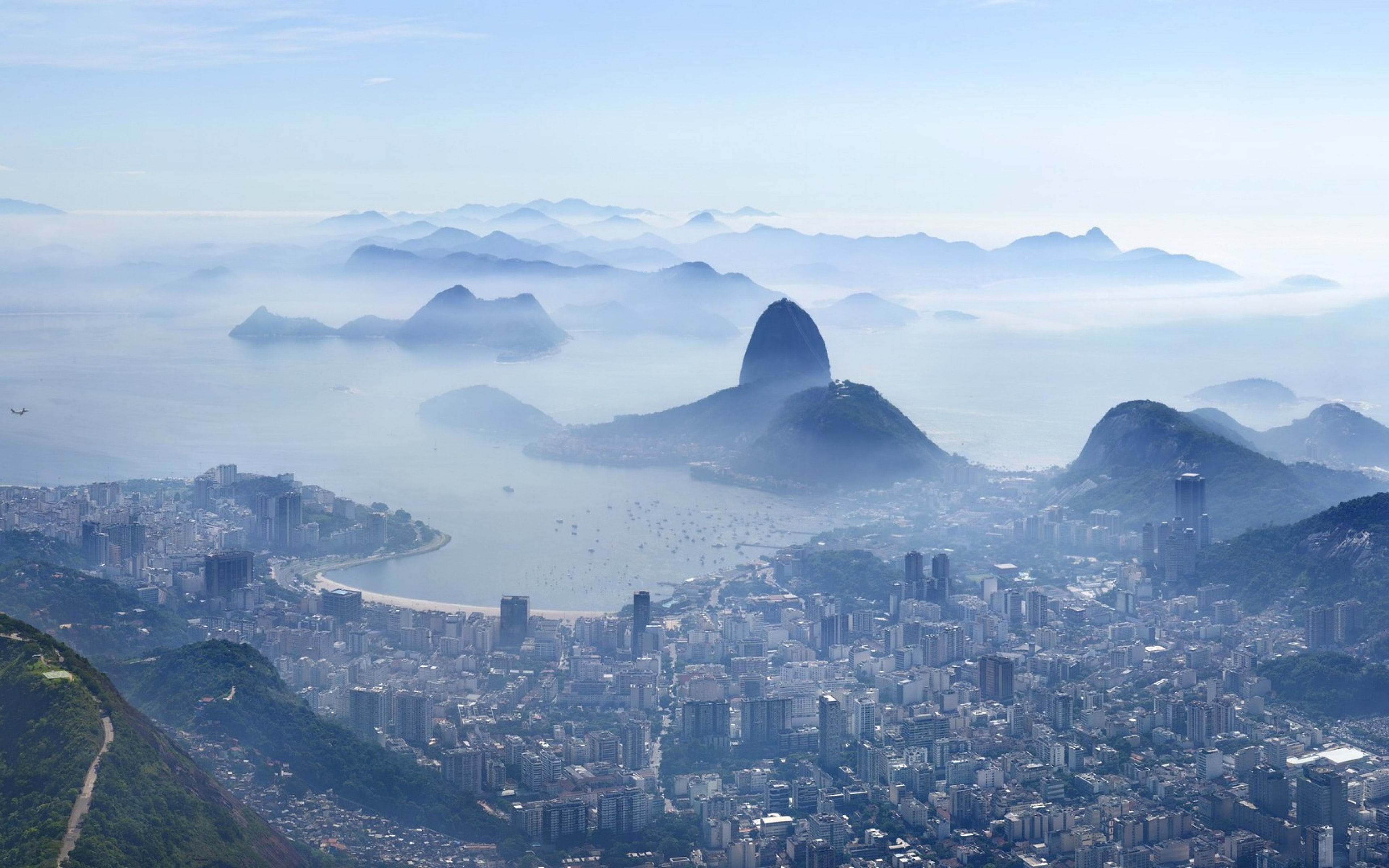
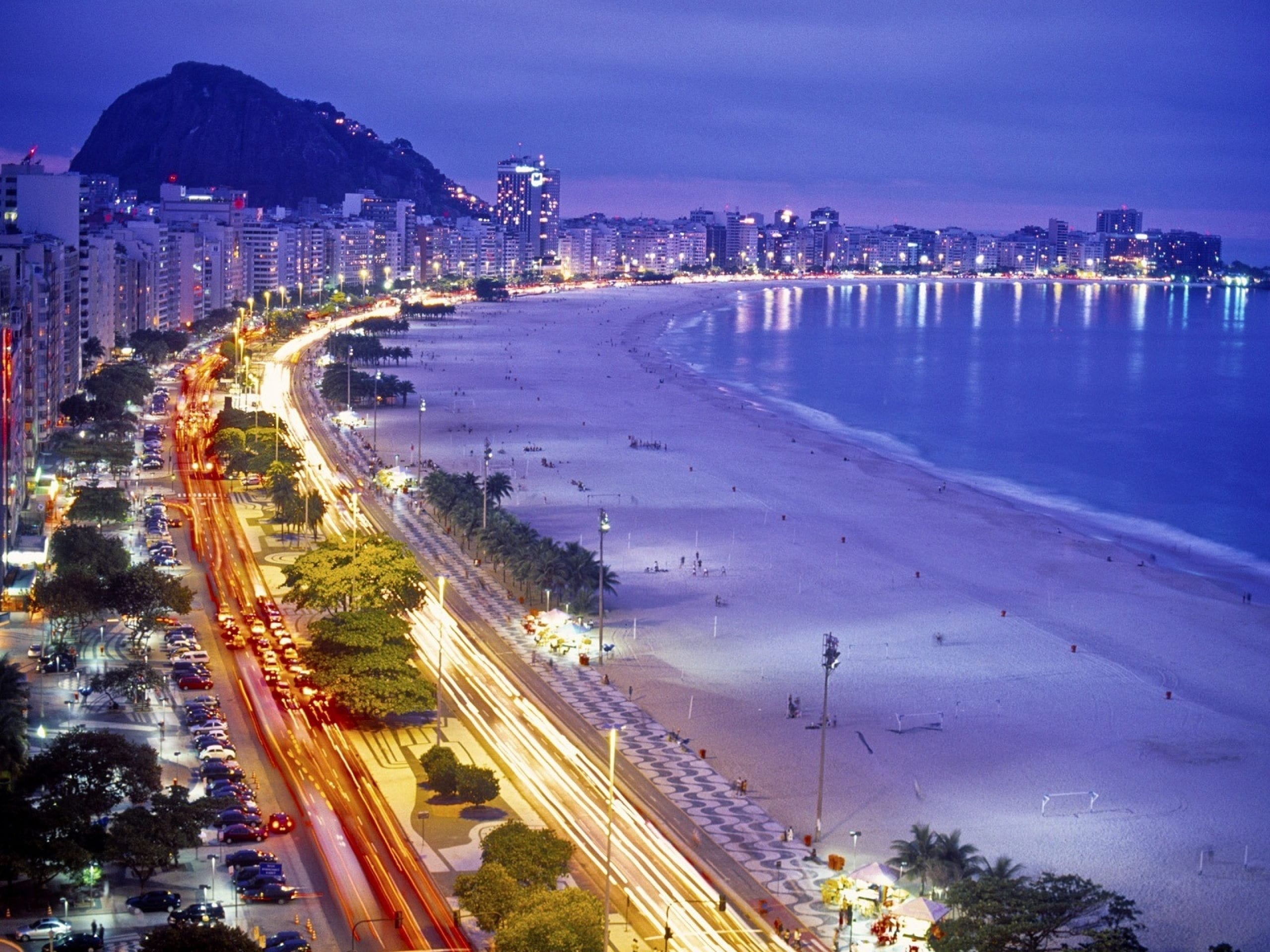

Rio De Janeiro wallpapers for your PC, Android Device, Iphone or Tablet PC. If you want to download Rio De Janeiro High Quality wallpapers for your desktop, please download this wallpapers above and click «set as desktop background». You can share this wallpaper in social networks, we will be very grateful to you.
Rio de Janeiro – Brazil’s main attraction. The city is truly amazing. Endless beaches side by side here with the modern urban neighborhoods, monuments of colonial architecture stand side by side with skyscrapers, and the tropical forest is located a few minutes from the center.
The history of the city began in the XVI century. January 1, 1502 the Portuguese André Gonçalves, whom the king instructed to survey the land, the newly discovered Cabral, noted the bay. Mistaking it for the mouth of the great river, he gave it the name “Rio” (River). The Portuguese called open their islands and continents in the name of the saint, patron corresponding day. In the first of January it was not his saint, and they completed the “Rio” determination “De Janeiro” (January). It turned out the name of the place – Rio de Janeiro – January River.
March 1, 1565 in place of the current Botafogo General Estació de Sá founded the city of Rio de Janeiro. After 50 years, the population totaled 3000 Indians, 1000 White and a hundred slaves, engaged in logging, and sugar cane plantations.
In 1763, the city of Bahia – then the official center of Brazil – began to give her the leading role of Rio de Janeiro, which was the main point, connects Minas Gerais (main mines, which produces gold and diamonds) to the outside world. In 1808, after the Portuguese departed half Napoleon, Brazil moved her royal court. And later, in 1816, Rio de Janeiro became the capital of the Portuguese empire.
In 1872, Rio de Janeiro totaled 250 thousand. Residents. Since 1889 began to join them former slaves from the north-east and immigrants from Europe, mainly Portuguese-speaking. In 1900, the prefect of the city of Pereira Passus changed in the spirit of the French architect Haussmann. Limited space forced 700 thousand. Residents settle farther and farther from the center, and the building grow up.
In 1959, the city lost the status of the capital, it became Brasilia. But Rio is a showcase of the country: it employs offices of many companies, there is the first airport in Latin America and that tourists come here to see the “city of wonders” on the ocean.
The main attraction of the city – tridtsatimetrovoy statue of Christ the Redeemer atop Corcovado Mountain. The height of the statue is 30 meters, not counting the seven-meter pedestal. The idea of this facility originated in 1922, when we celebrated the centenary of Brazilian independence. design competition was announced for the best monument – the symbol of the nation. Winner – Hector Da Silva Costa – advanced the idea of the statue of Christ, stretched out his hands, embracing the entire city. At the top of the Corcovado tram runs special, his final stop is just 40 meters under the statue. From it have to climb the 220 stairs or the elevator to the pedestal on which the observation deck – the best place for a first acquaintance with the city. To get to the top you can also drive on the highway passing through the Tijuca national park. Tijuca is the largest forest area in the world, located in the city. If you are not going to the Amazon, the reserve can give you some idea of what the jungle.
Ban Du Assukar or Sugar Loaf – a natural symbol of Rio. This stone rock height of 395 m is located at the entrance to Guanabara Bay. It is assumed that the mountain is so called because of its shape is very similar to the old packing conical contours “Sugar Loaf”. More likely, however, that the name comes from the Indian word “paunh-acuqua”. In the language of the Tupi it simply means “high hill”.
In the central area of the city is its historical part. Here is the residence of the Portuguese rulers, called Paco Imperial. After the fall of the monarchy, the palace was used as a warehouse, bank, post office, so the old building to the present time has reached only a facade. The city center is rich with interesting churches. At the site of the Cathedral of La Candelaria temple was laid at the end of the XVI century. one sailor, who gave a vow to build a church, if it is saved in a storm. And in 1775 Francisco Roshio offered modern church design, which have realized. In 1811, Prince Regent João VI opened the cathedral, however, not for long. He immediately began to be left to stand too long and faithful were able to get in again only in 1890 parishioners surprised and fascinated in France cast bronze doors that were even presented at the World Exhibition in Paris in 1889. Inside the cathedral – the stained glass windows of the chapel, arches and painted.
Another interesting monument – Cathedral. This modern building, consummated in 1976 after 12 years of construction, has an original architectural appearance. It looks like a block of reinforced concrete, entangled scaffolding. Cathedral is visible from many places in the city center, from the mountains of Corcovado and Sugar Loaf, where it seems that it vosmidesyatimetrovoe building – the main building in the city. In the underground room of the church is a religious art museum. The outstanding architectural monuments of the city are the colonial church of Our Lady of Glory, Glory of Our Lady on the Hill, and many others, São Bento monastery, San Antonio and the Order of the Capuchins. From the station in the center of the famous tram departs Bondinho, passing on its way through the aqueduct Arses di Lapa, built in 1732
Southern region is famous for its beaches. Among them – the Copacabana, Ipanema, Leblon. The total length of the city’s beaches has about 90 km. Copacabana Beach, became a symbol of Rio de Janeiro. He is not only one of the most famous beaches in the world, but also one of the most wide -. In some places its width reaches 100 m Copacabana length of 4 km. The beach is light yellow and large. Most tourists try to stay here, in one of the hotels on the Avenue of the Atlantic. At the weekend in this place crowded. Ipanema west borders on Copacabana, Ipanema and Leblon continues. These two beaches are located in the same bay, sandwiched between Cape Arpoador and Mount Two Brothers. They are like the Copacabana, but people are less and waves more, so they prefer to surfers. Apart from these three popular places can also be visited Urca beaches, Vidigal, Pepino San Conrado, Barra de Tijuca, Recreo dos Bandeirantes, Grumari. Urban beaches Flamengo and Botafogo, less-visited because of the mud.
In the north of Rio de Janeiro is the stadium “Maracana”, which is one the largest stadiums in the world. It is able to accommodate 120,000 people. In addition to the stadium, the northern area attraction is the old royal palace, which now houses the National Museum.
Rio – cultural and scientific center of the country, only in the National Library, there are 2 million units of storage, and among them -. Rare books and manuscripts. The National Museum of Fine Arts has collected more than 800 paintings of paintings and graphics. Very interesting exhibition of the Museum of Modern Art, the National History Museum, the Republic Museum, Museum of Treasures.
The streets and quays of the city is literally drowning in the lush equatorial vegetation – evergreen giant trees, slender palm with graceful canopy, a large number of exotic flowers. Nevertheless, the city has a botanical garden and many parks. The Botanical Garden, founded in 1808 and is one of the best in the world, collected more than 7,000 species of plants from around the world. There is also the famous avenue of palm trees and a collection of exotic animals and birds.
Of course, most of Rio de Janeiro is famous for the annual grand carnival, famous not only for the city, but the whole Brazil. The first carnival was held in the XIX century. As in those days, today the feast before Lent begins and lasts 5 days. The key moments of the carnival is the parade of samba schools, passing on specially designed so-called Sambodromo. Each school develops a single theme: politics, nature, sports, art, music – all the themes should be Brazilian. Rio Carnival – it’s beautiful carts, a lot of musicians, magnificent costumes, which often end up being the last money, and the fiery rhythms of samba. A 100 thousand. Viewers watching the show from the stands, standing along the path of the procession of dancers.


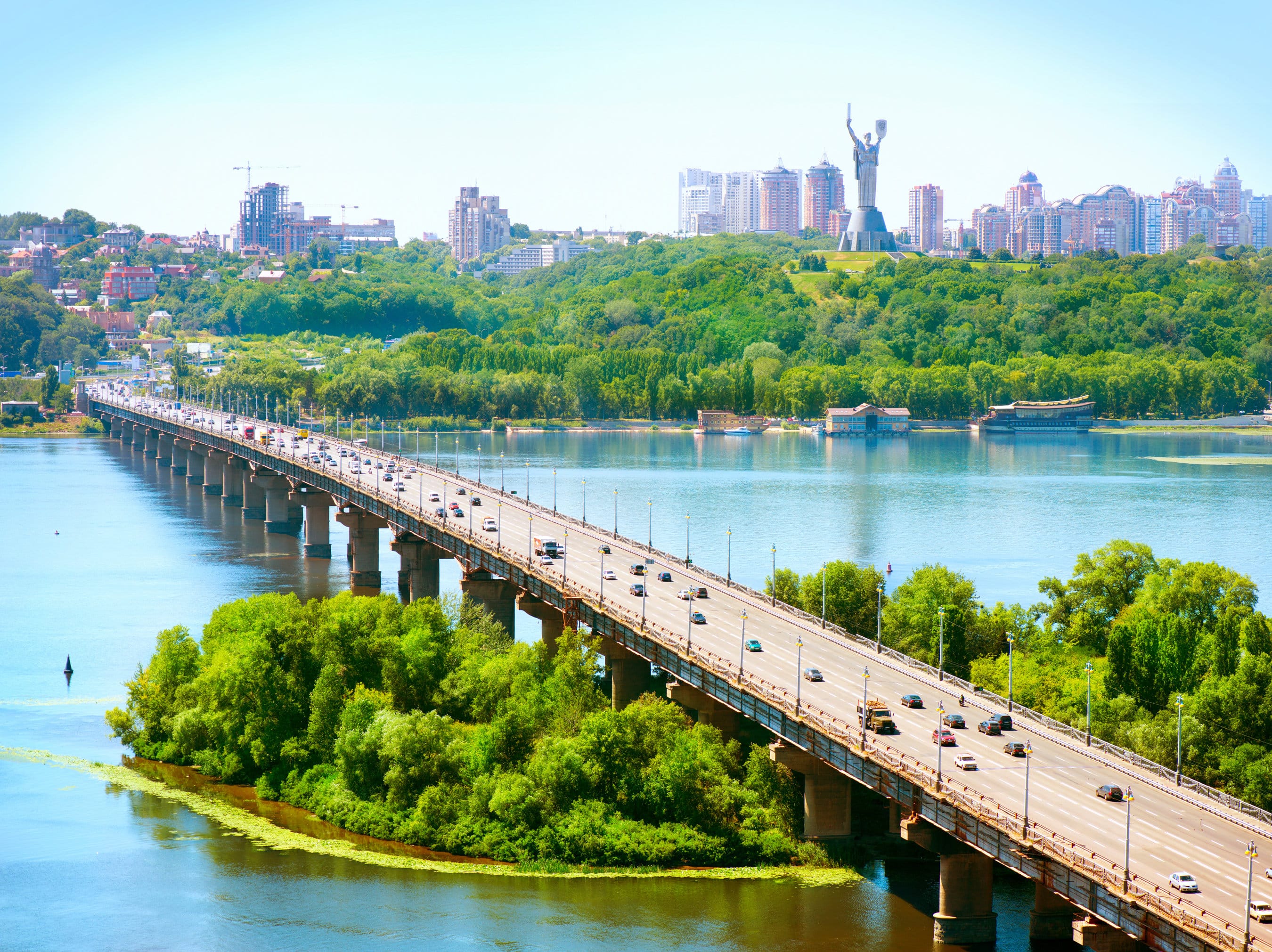
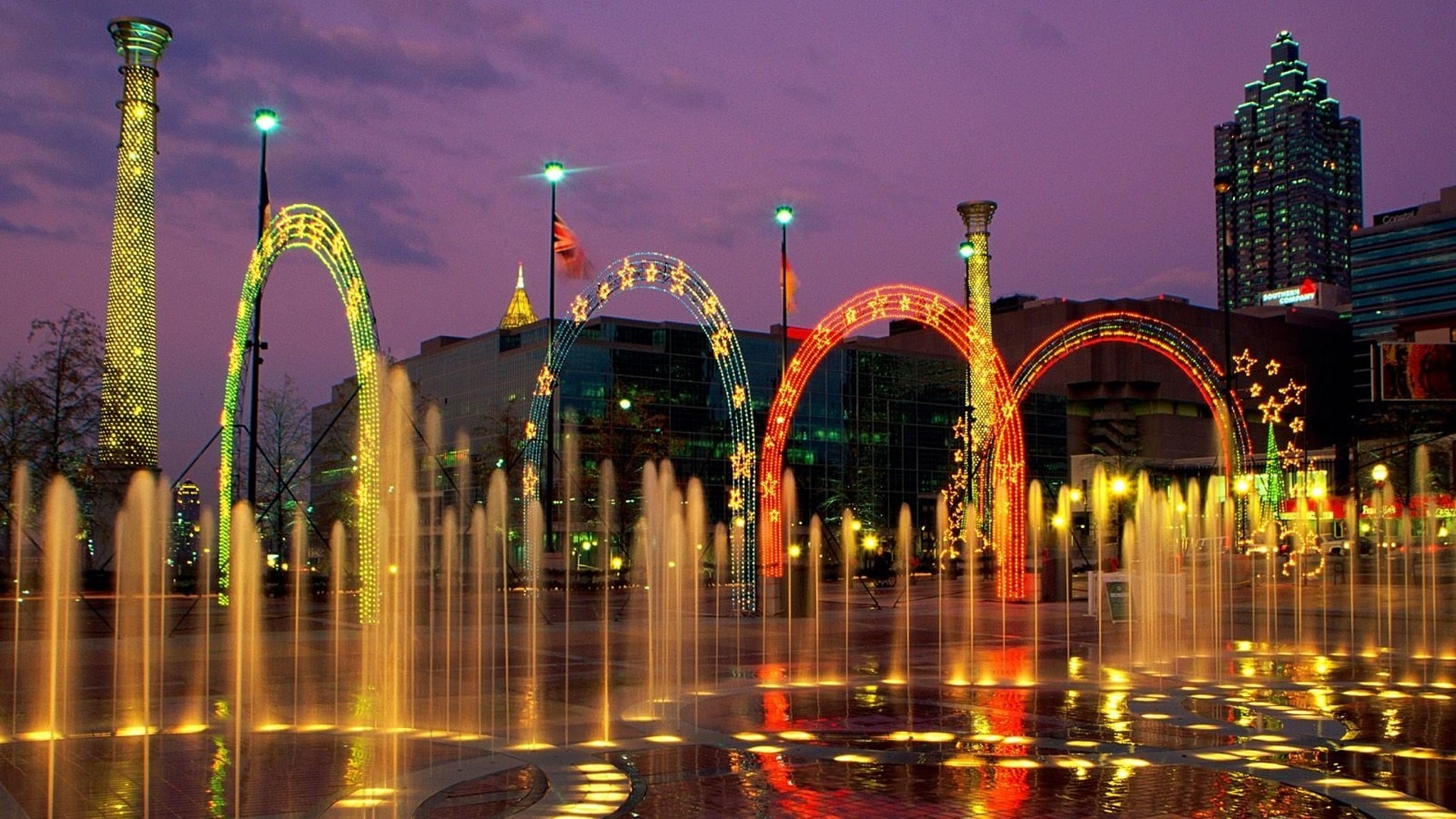
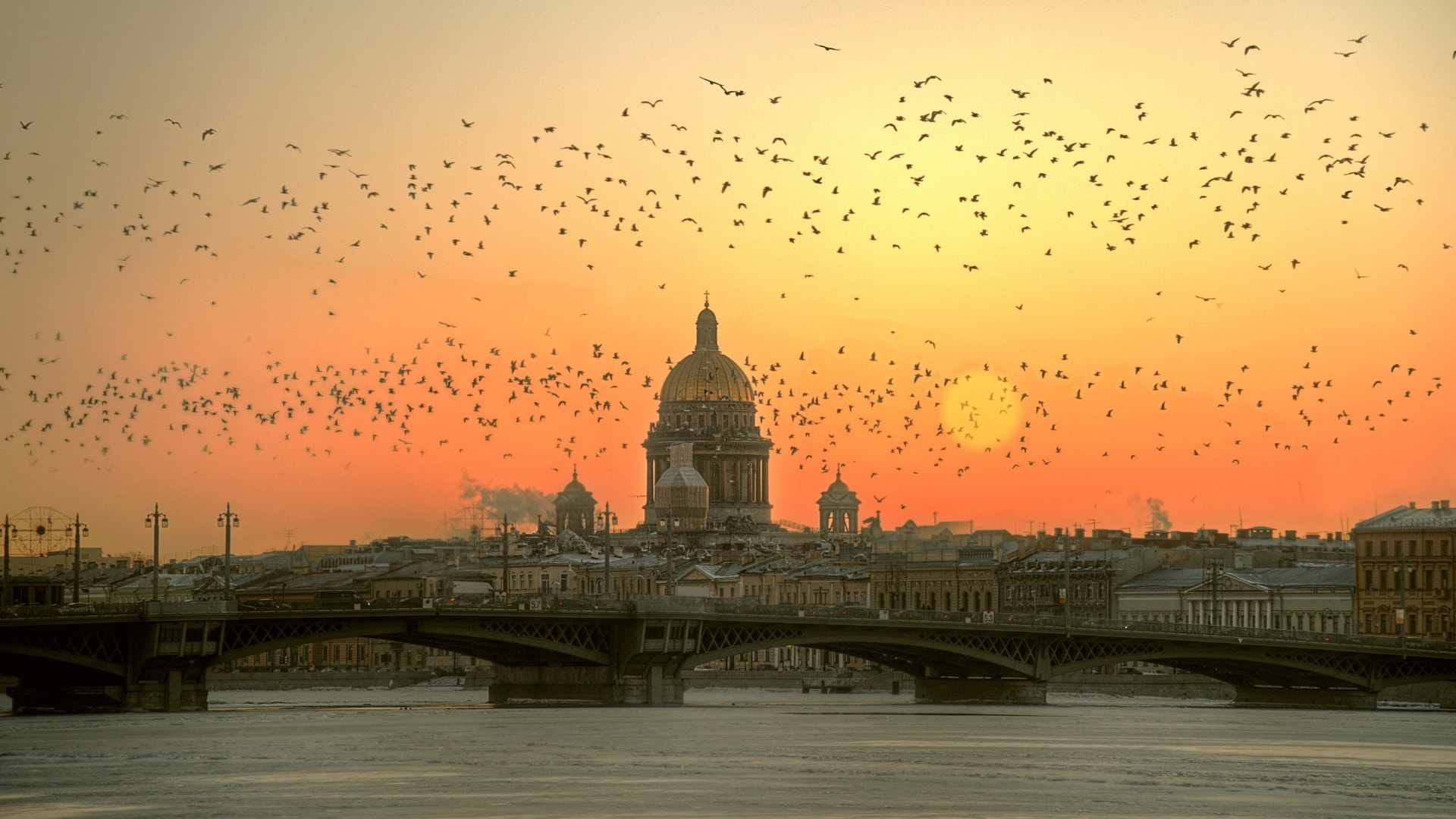


No Comment